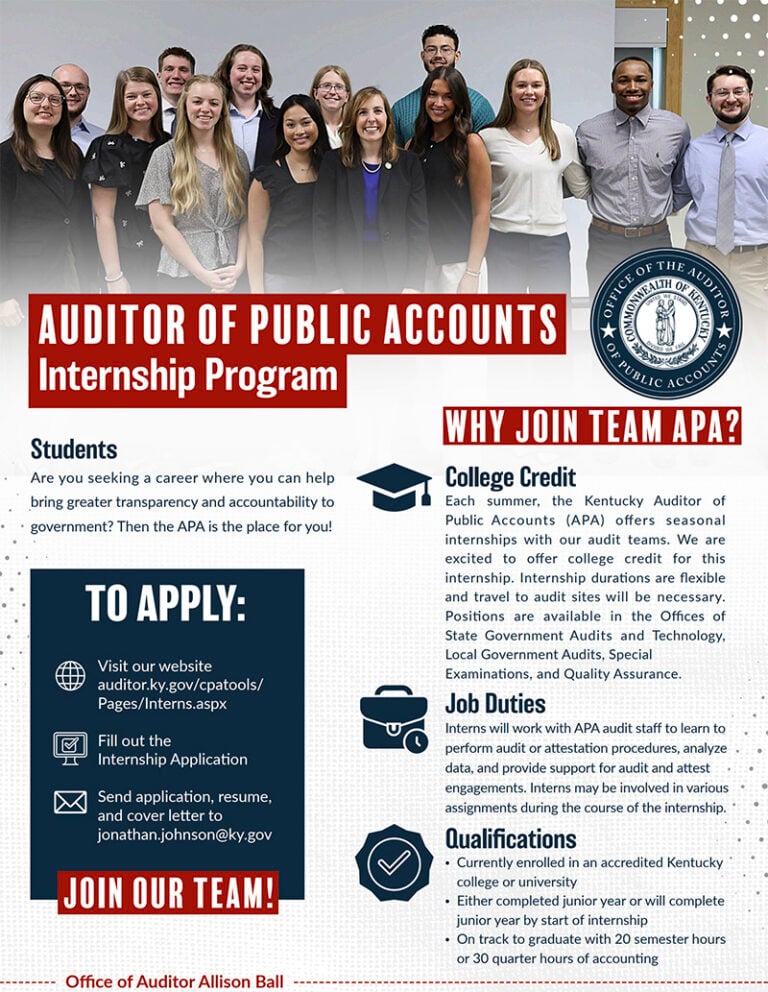In recent years, golf carts have transcended their traditional use on golf courses, becoming a popular mode of transportation in various communities in Kentucky, particularly in retirement areas and gated neighborhoods. This surge in usage, however, has brought with it a significant increase in accidents, raising concerns about safety and regulation.
Golf carts are no longer confined to the greens. Their convenience, ease of use, and low operational costs have made them an attractive option for short-distance travel. In many communities, they are used for daily errands, commuting within large residential areas, and even as a fun, leisurely way to get around. This trend is particularly noticeable in retirement communities where residents appreciate the ease of mobility that golf carts provide.

Despite their benefits, the rise in golf cart usage has led to a notable increase in accidents. According to recent statistics, approximately 15,000 people are injured annually in golf cart-related incidents in the United States according to an article www.gofworkoutprogram.com. This figure is alarming, especially considering that many of these accidents involve children and teenagers, who are often less experienced drivers.
One of the primary reasons for the high accident rate is the lack of safety features in many golf carts. Unlike cars, golf carts often do not come equipped with seatbelts, airbags, or other protective measures. This makes passengers more vulnerable to injuries in the event of a collision or rollover. Rollovers are a significant risk, accounting for about 10% of all golf cart accidents. These incidents often occur when drivers take turns too quickly or navigate uneven terrain.
To address these safety concerns, various states and municipalities have implemented regulations governing the use of golf carts on public roads. Common regulations include mandatory registration and insurance, speed limits typically capped at 20-25 mph, and the requirement for safety features such as headlights and seatbelts.
In Kentucky Ordinance 189.286 it says that local governments can permit golf carts on public roadways through specific ordinances. These vehicles must include several of the following: Headlamps, tail lamps, and stop lamps, Front and rear turn signals, Reflectors on each side and the rear, Mirrors (driver’s side and either passenger’s side or interior, A parking brake, seatbelts for each seating position, and a horn.
Golf carts need a certified inspection and must display a local government permit or sticker to ensure safety compliance. They are also prohibited on federal or international highways and can only be used on roads designated by local ordinances.
These measures aim to enhance the safety of golf cart operations and reduce the likelihood of accidents. However, enforcement of these regulations can be inconsistent, and not all golf cart users are aware of or comply with the rules. This highlights the need for increased public awareness and education on safe golf cart practices.

Communities are taking proactive steps to mitigate the risks associated with increased golf cart usage. Some have designated specific paths for golf carts to separate them from regular vehicular traffic, reducing the chances of collisions. Others have launched safety campaigns to educate residents about the importance of safe driving practices, such as wearing seatbelts, obeying speed limits, and avoiding distractions while driving.
Experts also recommend that golf cart owners invest in additional safety features, such as installing seatbelts if their carts do not already have them and ensuring that their carts are regularly maintained to prevent mechanical failures.
The rise in golf cart usage reflects a shift towards more convenient and eco-friendly modes of transportation. However, this trend also underscores the need for heightened safety measures and regulatory oversight. By implementing stricter regulations, promoting safe driving practices, and enhancing public awareness, communities can enjoy the benefits of golf carts while minimizing the risks associated with their use.
Despite their relatively lower speeds, golf carts can still be involved in serious accidents and represent a significant financial investment, making appropriate insurance essential. To Fore-sure your protection (pun intended) there are several approaches to insuring your golf cart and protecting your vehicle and financial interests. Here are some possibilities:
• Homeowners Insurance: The personal possessions coverage portion of these policies may include your golf cart. However, standard insurance may not have sufficient coverage limits to pay for a total loss of your vehicle. Additionally, coverage may not apply if you take your golf cart off your own property, such as onto a course or public roads.
• Auto Insurance: You may be able to retain coverage for your golf cart under a standard auto insurance policy. However, these policies may not be sufficient depending on the specifications of your vehicle or where you live and drive it.
 Keven Moore works in risk management services. He has a bachelor’s degree from the University of Kentucky, a master’s from Eastern Kentucky University and 25-plus years of experience in the safety and insurance profession. He is also an expert witness. He lives in Lexington with his family and works out of both Lexington and Northern Kentucky. Keven can be reached at kmoore@higusa.com
Keven Moore works in risk management services. He has a bachelor’s degree from the University of Kentucky, a master’s from Eastern Kentucky University and 25-plus years of experience in the safety and insurance profession. He is also an expert witness. He lives in Lexington with his family and works out of both Lexington and Northern Kentucky. Keven can be reached at kmoore@higusa.comMany insurance carriers offer specialized golf cart policies tailored to these vehicles. Insurance may be required by local laws or neighborhood regulations, especially for public road use or custom modifications. These policies ensure compliance and offer coverage options like:
• Bodily Injury Liability: Covers costs if you’re at fault for an accident-causing injury.
• Property Damage Liability: Covers damage to others’ property.
• Collision Coverage: Pays for repairs or replacement after a crash.
• Comprehensive Coverage: Protects against theft, vandalism, and non-collision damage.
• Guest Passenger Liability: Covers medical expenses for injured passengers.
• Uninsured/Underinsured Motorist: Covers losses if the other party lacks sufficient insurance.
• Custom Equipment Coverage: Covers modifications like engine enhancements and lift kits.
As golf carts become an increasingly common sight on our streets and in our communities, it is crucial to prioritize their safety and proper insurance coverage. Despite their relatively lower speeds, golf carts can still be involved in serious accidents and represent a significant financial investment.
By understanding the various insurance options available, such as homeowners insurance, auto insurance, and specialized golf cart policies, owners can ensure they have the right protection in place. Additionally, adhering to local regulations and investing in necessary safety features can help mitigate risks and enhance the overall safety of golf cart operations.
With the right coverage and safety measures, golf cart owners can enjoy the convenience and benefits of their vehicles while minimizing potential hazards.
Be Safe My Friends.

















